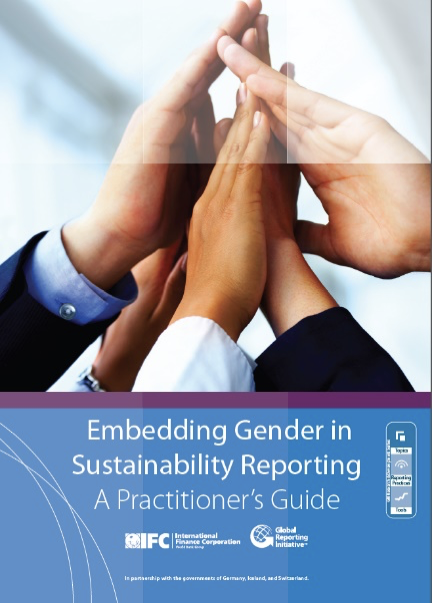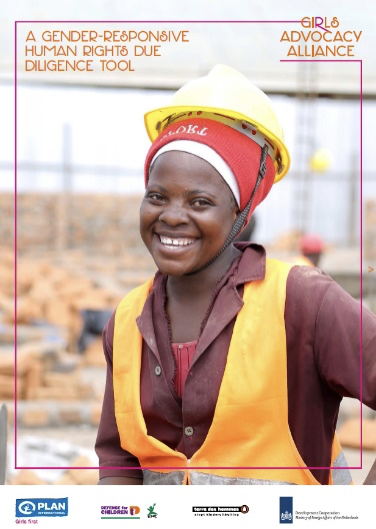The next step of the Gender-Responsive Due Diligence process is to communicate about adverse risks, actions taken to address them and the results from these actions. A growing number of governments and institutions globally require large companies to disclose certain information on the way they operate and manage social and environmental risks. Even without a legal requirement, this transparency helps investors, consumers, policy makers and other stakeholders evaluate the non-financial performance of companies and may benefit the company.
Many companies issue an annual sustainability report where they disclose this information. Sustainability reporting, and other communication on human rights risks, helps companies to be transparent about their challenges, and the ways in which they are addressed. Transparency may benefit a company by signalling its commitment to sustainability to employees, potential employees, consumers, investors and business partners. It may also encourage other companies to become more open too, allowing companies to learn from each other and potentially partner to tackle certain risks jointly.
There are multiple initiatives and organisations that have issued standards for sustainability reporting to ensure companies report in a consistent way, allowing for global comparability. Examples include the Global Reporting Initiative (GRI) Standards, the International Integrated Reporting Council (IIRC) framework and the Sustainability Accounting Standards Board (SASB) standards. While gender is included as a standalone topic in most frameworks, it is not necessarily considered across all standards yet.
The following are a number of good practices related to gender-responsive communications:
- Throughout a company’s sustainability report, data should be presented in a gender-disaggregated way where possible.
- The company should pay specific attention to using gender-sensitive language. This includes focusing on inclusive language and visuals.
For communication to stakeholders, the company should be attentive to the potential impact of low literacy rates, as well as to cultural barriers for women in accessing information or speaking out. Together with local organisations, women’s groups, and gender experts, companies should consider alternative ways of communication – such as cartoons, plays, pictures, infographics, etc. – to facilitate awareness and enable more effective communication.



